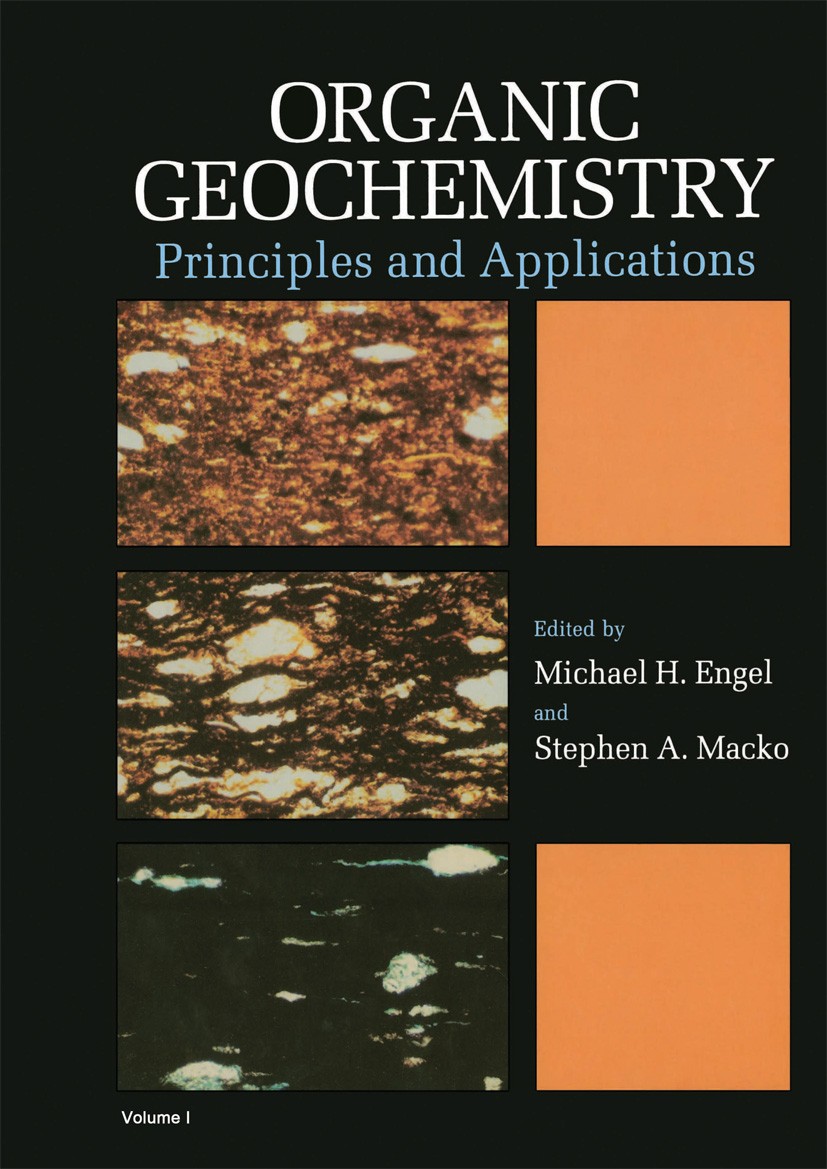The δ13C composition and genetic origin of a series straight long-chain alkyl naphthalene isomer pairs in the Upper Cretaceous lacustrine sediments of Songliao Basin, China
IF 2.5
3区 地球科学
Q2 GEOCHEMISTRY & GEOPHYSICS
引用次数: 0
Abstract
A series of straight long-chain alkyl naphthalene isomer pairs (LANs) have been detected in the Upper Cretaceous lacustrine sediments of Nenjiang Formation (K2n1+2) in the Songliao Basin, and their distribution and carbon isotopic composition were investigated. The results indicate that the composition and distribution of LANs exhibit significant variations. The relative abundance of methyl- and dimethyl-naphthalenes shows a reciprocal correlation with that of LANs, increasing and declining in tandem. The δ13C composition of LANs varies from −24.6 ‰ to –32.6 ‰, with an average of −28.5 ‰, which is notably higher than that of n-alkanes, ranging from −31.9 ‰ to −34.5 ‰. The δ13C composition of methylnaphthalenes (MNs) ranges from −26.9 ‰ to −27.1 ‰, which is generally more positive than the average δ13C composition of LANs. Analysis of the carbon isotopic composition of n-alkanes, methylnaphthalenes, and the series of LANs, along with their distribution patterns, suggests the presence of multiple formation mechanisms. Specifically, the observed declining variation pattern of δ13C values for LANs along with the increasing carbon number of the alkyl chain may indicate a novel formation pathway. This pathway likely involves a direct reaction between 13C-enriched naphthalene and 13C-depleted straight long-alkyl chains during diagenesis. The relative abundance ratio of total methyl-substituted naphthalenes (ΣMNs) to the total LANs (ΣLANs), expressed as the ΣMNs/ΣLANs ratio, exhibits a profile variation that correlates with the profile changes of the Pr/Ph ratio, TOC content, and HI index. This correlation indicates that specific environmental conditions or source inputs, such as reduced sedimentary conditions or specific algal contributions, may be conducive to the formation of LANs.
松辽盆地上白垩统湖相沉积物中一系列直长链烷基萘同分异构体的δ13C组成及成因
在松辽盆地上白垩统嫩江组(K2n1+2)湖相沉积物中发现了一系列直长链烷基萘异构体对(LANs),并对其分布和碳同位素组成进行了研究。结果表明,局域网的组成和分布呈现出显著的变化。甲基萘和二甲基萘的相对丰度与LANs的相对丰度呈负相关关系,依次上升和下降。LANs的δ13C组成变化范围为- 24.6‰~ -32.6‰,平均为- 28.5‰,明显高于正构烷烃的δ13C组成变化范围为- 31.9‰~ - 34.5‰。甲基萘(MNs)的δ13C组成在−26.9‰~−27.1‰之间,普遍高于lan的δ13C组成平均值。对正构烷烃、甲基萘和一系列lan的碳同位素组成及其分布模式的分析表明,存在多种形成机制。具体来说,随着烷基链碳数的增加,LANs的δ13C值呈下降趋势,这可能表明了一种新的生成途径。该途径可能涉及在成岩作用过程中富13c的萘和贫13c的直长烷基链之间的直接反应。总甲基取代萘(ΣMNs)与总lan (ΣLANs)的相对丰度比以ΣMNs/ΣLANs的比值表示,其谱线变化与Pr/Ph比、TOC含量和HI指数的谱线变化相关。这种相关性表明,特定的环境条件或来源输入,如沉积条件减少或特定的藻类贡献,可能有利于局域网的形成。
本文章由计算机程序翻译,如有差异,请以英文原文为准。
求助全文
约1分钟内获得全文
求助全文
来源期刊

Organic Geochemistry
地学-地球化学与地球物理
CiteScore
5.50
自引率
6.70%
发文量
100
审稿时长
61 days
期刊介绍:
Organic Geochemistry serves as the only dedicated medium for the publication of peer-reviewed research on all phases of geochemistry in which organic compounds play a major role. The Editors welcome contributions covering a wide spectrum of subjects in the geosciences broadly based on organic chemistry (including molecular and isotopic geochemistry), and involving geology, biogeochemistry, environmental geochemistry, chemical oceanography and hydrology.
The scope of the journal includes research involving petroleum (including natural gas), coal, organic matter in the aqueous environment and recent sediments, organic-rich rocks and soils and the role of organics in the geochemical cycling of the elements.
Sedimentological, paleontological and organic petrographic studies will also be considered for publication, provided that they are geochemically oriented. Papers cover the full range of research activities in organic geochemistry, and include comprehensive review articles, technical communications, discussion/reply correspondence and short technical notes. Peer-reviews organised through three Chief Editors and a staff of Associate Editors, are conducted by well known, respected scientists from academia, government and industry. The journal also publishes reviews of books, announcements of important conferences and meetings and other matters of direct interest to the organic geochemical community.
 求助内容:
求助内容: 应助结果提醒方式:
应助结果提醒方式:


